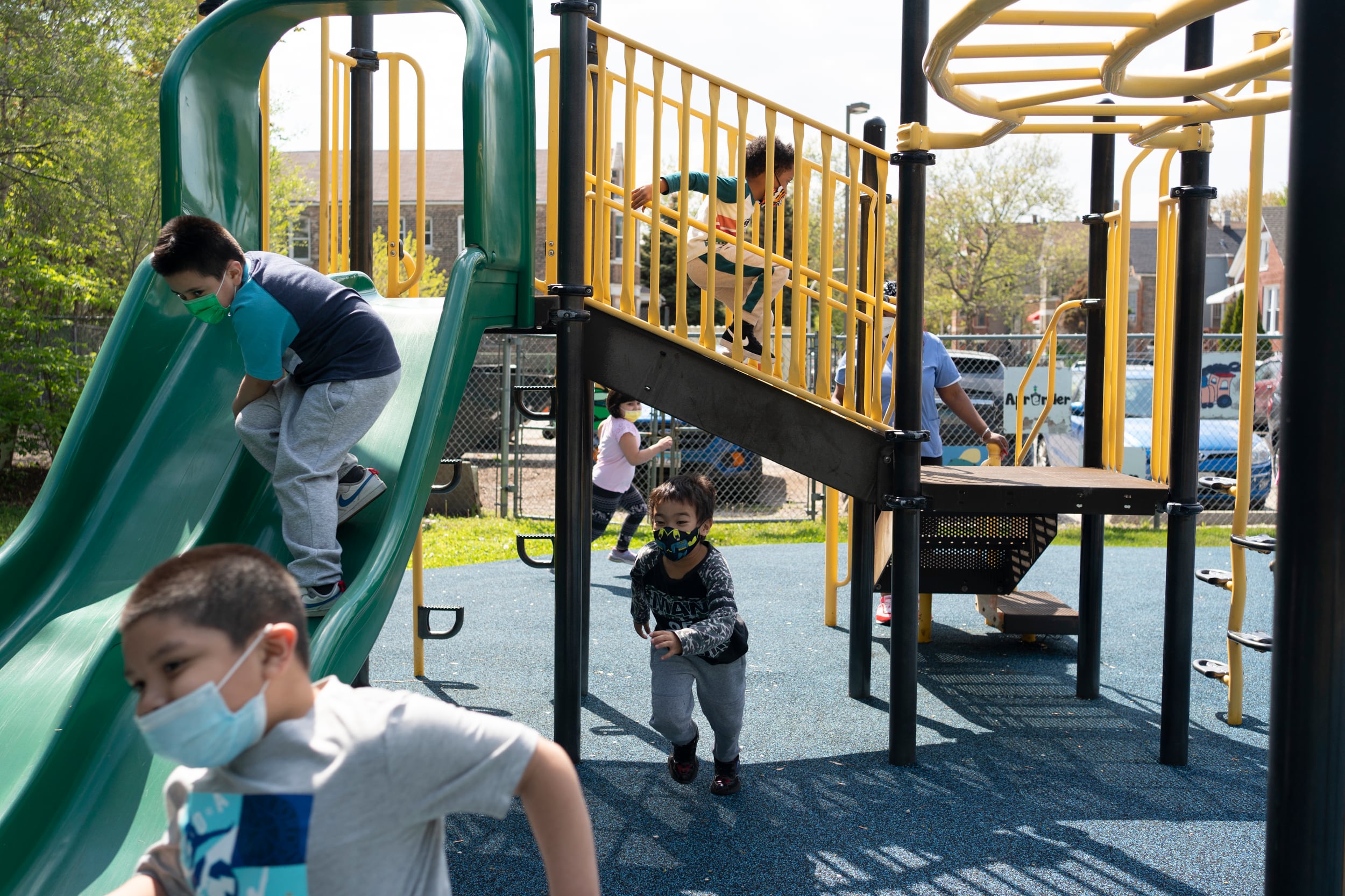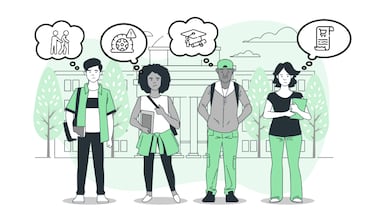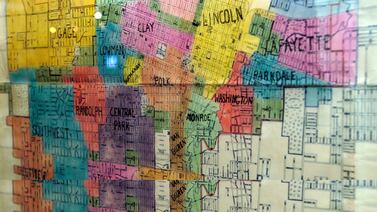A first glimpse at public school enrollment in Illinois shows continued declines in the overall student population, but an uptick in the number of students learning English.
Preliminary data released last week by the Illinois State Board of Education shows overall enrollment dropped by about 31,000 students — or 1.7% — between last school year and the current one, according to numbers as of Dec. 14. Chicago Public Schools accounts for at least a quarter of the decline. The district lost 9,000 students and its place as the third largest school district in the country.
The overall enrollment decline for students between pre-kindergarten to 12th grade across the state matches the trend prior to the pandemic. After the pandemic hit, state data showed about 69,000 students leaving public schools – about a 3.5% drop – during the 2020-21 school year.
Even as overall enrollment is down, the number of English learners continues to grow. The enrollment of English language learners also held steady during the pandemic, with a less than 1% drop during school years 2019-20 and 2020-21. The preliminary data for the 2022-23 school year indicates a 4% jump — from 255,000 last school year to 266,000 students this year.
Rebecca Vonderlack-Navarro, director of Education Policy and Research at the Latino Policy Forum, said that as the state continues to see an increase in English learners there is a need to ensure those students are being taught by qualified teachers.
“Illinois has a good track record serving English learners and valuing bilingual education,” said Vonderlack-Navarro. “We need to maintain and grow our commitment to quality bilingual education and grow the future teacher workforce.”
She noted that the state has dedicated additional funding to increasing the number of bilingual teachers. The State Board of Education created a $4 million grant from federal coronavirus relief funds to help school districts pay tuition for current teachers who have a bilingual endorsement but want to earn professional licensure and for current educators who want to earn a bilingual endorsement.
The state also increased the Minority Teacher Illinois Scholarship by $2.3 million for a total of $4.2 million, which is aimed at increasing the number of teachers of color and especially bilingual educators.
The preliminary data released last week also shows that more Asian American students and students who identify as more than one race are attending Illinois public schools. However, the number of White, Black, Hispanic, Native American, and Pacific Islander students dropped, though not as much as it did during the 2020-21 school year.
Among students from low-income families in Illinois, there was a slight increase in enrollment after major declines during the past three years. State officials said that may have been because free meals were offered to all students during the pandemic, regardless of whether districts collected income paperwork from parents.
The State Board of Education said it will have a better picture of enrollment for the 2022-23 school year when it publishes the annual Illinois report card data in October.
Samantha Smylie is the state education reporter for Chalkbeat Chicago, covering school districts across the state, legislation, special education, and the state board of education. Contact Samantha at ssmylie@chalkbeat.org.








